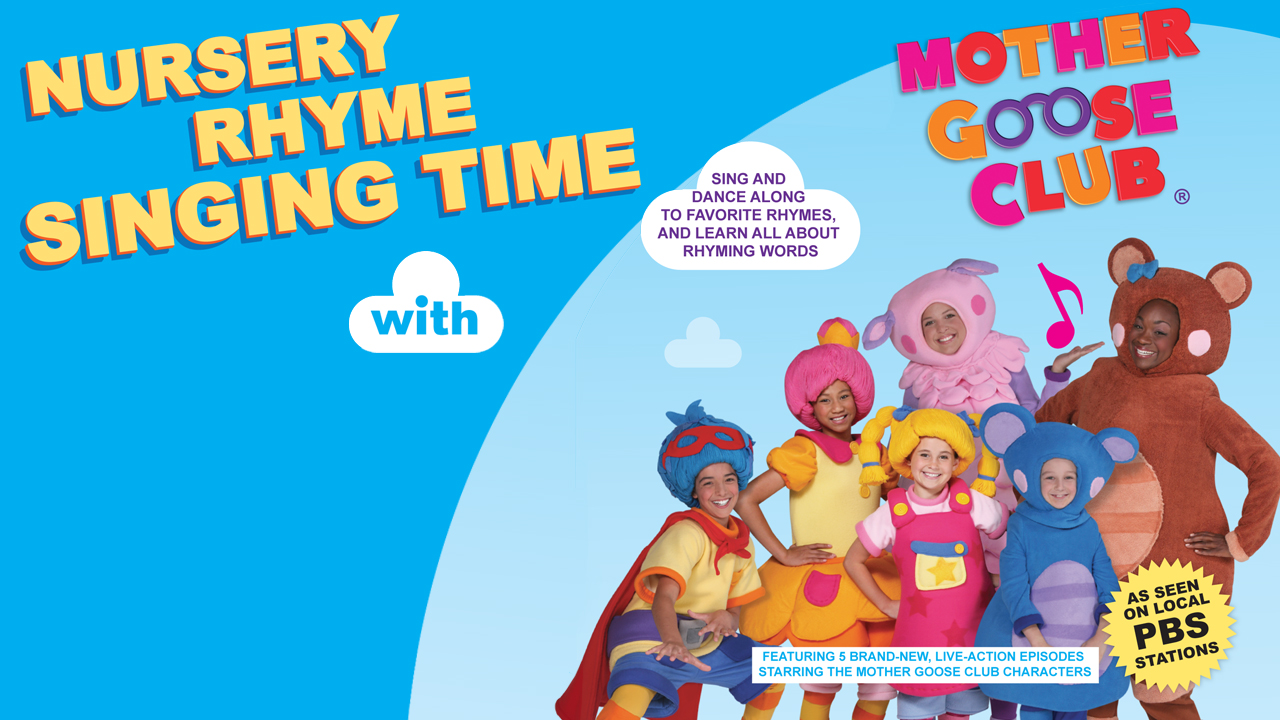
Īll of them, however, were dependent on a very successful pantomime first performed in 1806, and it is only by reference to its script that the unexplained gaps in the poem's narration are made clear. Other shorter versions were also recorded later. Halliwell in his The Nursery Rhymes of England (1842). There exists an illustrated chapbook omitting their opening stanza that dates from the 1820s and another version was recorded by J. Titled "Old Mother Goose and the Golden Egg", this verse prefaced a 15-stanza poem that rambled through a variety of adventures involving not only the egg but also Mother Goose's son Jack. In addition to being the purported author of nursery rhymes, Mother Goose is herself the title character in one recorded by the Opies, only the first verse of which figures in later editions of their book. The name "Mother Goose" has been associated in the English speaking world with children's poetry ever since. Although this edition was registered with the Stationers' Company in 1780, no copy has ever been confirmed, and the earliest surviving edition is dated 1784. Īssociated rhymes were once believed to have been published in John Newbery's compilation Mother Goose's Melody, or, Sonnets for the cradle some time in the 1760s, but the first edition was probably published in 1780 or 1781 by Thomas Carnan, Newbery's stepson and successor. An English translation of Perrault's collection, Robert Samber's Histories or Tales of Past Times, Told by Mother Goose, appeared in 1729 and was reprinted in America in 1786. Perrault's publication marks the first authenticated starting-point for Mother Goose stories.

Nursery tales and rhymes įrontispiece from the only known copy of the first English translation, 1729Ĭharles Perrault, one of the initiators of the literary fairy tale genre, published a collection of such tales in 1695 called Histoires ou contes du temps passés, avec des moralités under the name of his son, which became better known under its subtitle of Contes de ma mère l'Oye or Tales of My Mother Goose. It is generally accepted that the term does not refer to any particular person. Iona and Peter Opie, leading authorities on nursery lore, give no credence to either the Elwes-Thomas or the Boston suppositions. No evidence of such printing has been found, and historians believe this story was concocted by Fleet's great-grandson John Fleet Eliot in 1860. Finally, it was said, her son-in-law gathered her jingles together and printed them. According to Early, "Mother Goose" used to sing songs and ditties to her grandchildren all day, and other children swarmed to hear them. After Isaac died, Elizabeth went to live with her eldest daughter, who had married Thomas Fleet, a publisher who lived on Pudding Lane (now Devonshire Street). She was reportedly the second wife of Isaac Goose (alternatively named Vergoose or Vertigoose), who brought to the marriage six children of her own to add to Isaac's ten.

Mary Goose's gravestone in Granary Burying Ground is shown to tourists in Boston, Massachusetts.ĭespite evidence to the contrary, it has been stated in the United States that the original Mother Goose was the Bostonian wife of Isaac Goose, either named Elizabeth Foster Goose (1665–1758) or Mary Goose (d. There are even sources that trace Mother Goose's origin back to the biblical Queen of Sheba. Other scholars have pointed out that Charlemagne's mother, Bertrada of Laon, came to be known as the goose-foot queen ( regina pede aucae).

In the 20th century, Katherine Elwes-Thomas theorised that the image and name "Mother Goose" or "Mère l'Oye" might be based upon ancient legends of the wife of King Robert II of France, known as "Berthe la fileuse" (" Bertha the Spinner") or Berthe pied d'oie ("Goose-Footed Bertha" ), often described as spinning incredible tales that enraptured children. Additional 17th-century Mother Goose/Mere l'Oye references appear in French literature in the 1620s and 1630s. His remark, comme un conte de la Mère Oye ("like a Mother Goose story") shows that the term was readily understood. An early mention appears in an aside in a versified French chronicle of weekly events, Jean Loret's La Muse Historique, collected in 1650. English readers would already have been familiar with Mother Hubbard, a stock figure when Edmund Spenser published the satire Mother Hubberd's Tale in 1590, as well as with similar fairy tales told by "Mother Bunch" (the pseudonym of Madame d'Aulnoy) in the 1690s. Mother Goose's name was identified with English collections of stories and nursery rhymes popularised in the 17th century.


 0 kommentar(er)
0 kommentar(er)
